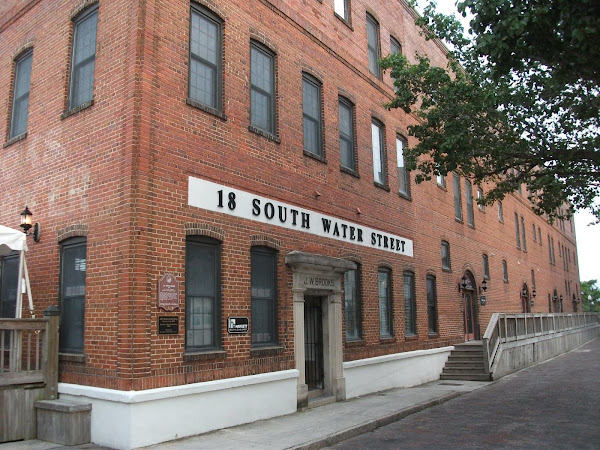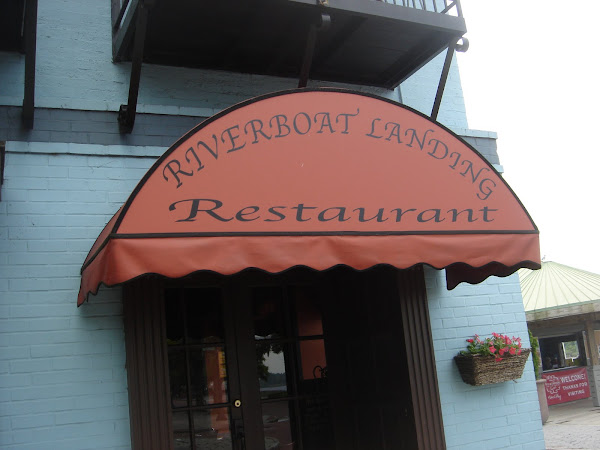This is the historic and economic story of the
This site will provide detailed histories of industries (click for specific industries) and individual businesses, as well as biographical entries on some of the major business leaders in North Carolina
(Note: We have started the research in the antebellum period, which requires the most research, and will add information on later periods as we have time.)
North Carolina Charleston and South Carolina or through Virginia
Early Industries
Examples of early rural industries included wagon making, grist mills, cotton gins, saw mills, cane mills, cabinet/furniture making and much more.
(Note: We have started the research in the antebellum period, which requires the most research, and will add information on later periods as we have time.)
Early Industries
Examples of early rural industries included wagon making, grist mills, cotton gins, saw mills, cane mills, cabinet/furniture making and much more.
In 1790, North Carolina ranked third in population in the U.S. Massachusetts
For example, a great depression set in prices for North Carolina West Indies trade has lessened demand for lumber and heavy British taxation on tobacco depressed that market. North Carolina cotton began feeling the impact of new cotton fields in Gulf Coast
Poor transportation exacerbated the problems. Few navigable rivers and little road building had the state and residents at a serious disadvantage.










